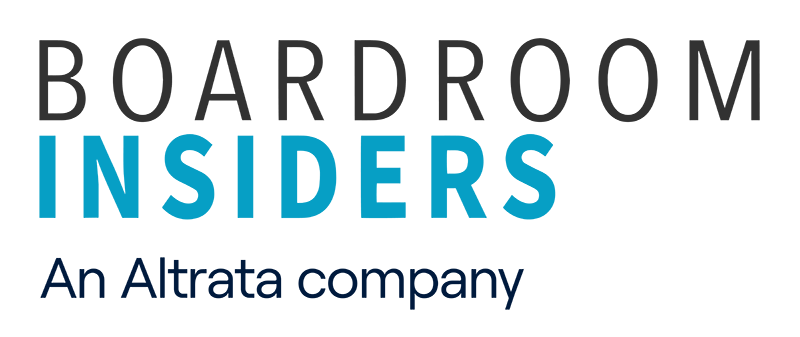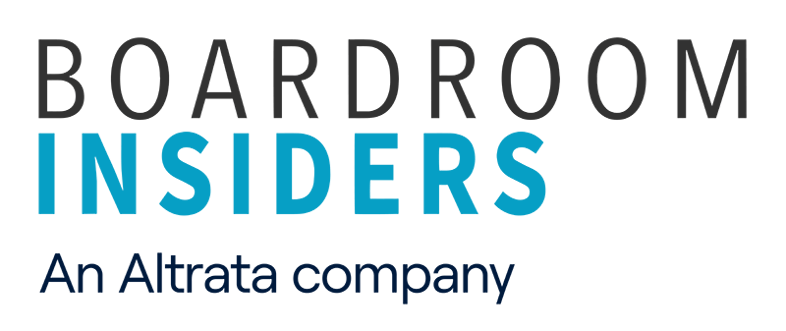 Just when you thought that women were making headway in IT, a survey or two, an expert, and simply what women tell one another force you to take a step back and re-evaluate.
Just when you thought that women were making headway in IT, a survey or two, an expert, and simply what women tell one another force you to take a step back and re-evaluate.
A 2015 story in CIO lays it out in the first paragraph, noting that, according to the 2014 State of the CIO survey, the IT industry as a whole continues to struggle with gender diversity. Yes, women make up 57 percent of the overall workforce, but in the technology sector, that number drops to just 25 percent. And at the IT executive level? Women represent only 20 percent of CIOs at Fortune 250 companies.
Gartner’s CIO Agenda 2015: A Gender Perspective counts 337 women respondents out of 2,473—about 13.6 percent of the sample, according to TechRepublic. They noted that percentage fits into the worldwide average of female CIOs, which is estimated from 10 to 14 percent, a number Gartner says has plateaued. Our new list of Female CIOs of 2016 includes the names of women across the Fortune 500. As a side note, instead of piling up in the “softer,” consumer-focused companies like retail, cosmetics, and hospitality, women CIOs listed here are found in the largest numbers in manufacturing and financial services.
Part of the disparity between the numbers of men and women CIOs can be explained by an insufficient education pipeline. But Martha Heller, president of Heller Search Associates, an IT executive search firm specializing in CIOs, cites several other reasons.
“Women make up less than 20 percent of the CIO population,” she says. “Their pathway to the job is different. One way to become a CIO is to go through the network side—areas like the help desk, data centers, infrastructure. But you don’t find many women going through that side. Instead they come from project management, business relationship management, and application development. All of these functions are closer to the business and reliance on knowledge of the business.”
Heller notes, though, that while there’s a huge debate over whether a background in technology is necessary for a CIO, there’s no question that communications skills, leadership development, and relationship building is very important to the CIO role. And women tend to be strong communicators, including good listeners. So, coming from the business side, where those communications skills are valued can be a natural path for women CIOs.
But, she says, they don’t necessarily want the job. “The biggest reason there aren’t more female CIOs is not because they’re not being offered the role,” she emphasizes. “They don’t want it. Women aren’t choosing a career in IT in any kind of growth rate.”
Heller says women tell her that one of the reasons they’ve had a hard time in technology organizations and shied away from tech roles is that IT is a 24/7 job. And women, particularly at a certain point in their lives, such as when they have young children, have not been interested in dealing with or being available for these 24/7 jobs. Another reason, she says, is that the intensely male culture in pure IT can be off putting. So, if the interest in technology is there, women have found they would rather satisfy it in sales and marketing, product development, finance, or other arenas.
Traveler’s Companies’ Madelyn Joseph Lankton agrees with the work/home balance challenge facing women. "There is a difference, as men and women look around," she said. "I'm not saying that men don't have those challenges, but there is difference."
So several companies are trying to change the culture.
Bank of America’s Catherine Pombier Bessant is an ardent admirer of former CEO Hugh McColl Jr., mainly for his commitment to creating an environment where women could succeed. Several years ago Bessant said that roughly half of the direct reports of current CEO Brian Moynihan were women. “That does not happen by accident," she said. "It happens because there has been nurturing and coaching and conversations and expectation-setting and a real, constant, realistic conversation about what it’s like to be in the workplace. And it’s Hugh McColl who gets the credit for that at Bank of America, and certainly with me.”
At Prudential Financial, Barbara Koster acknowledges that the company needed to ensure their IT employees are able to balance the demands of work and life. So, they introduced a flexible work schedule. And, they’re addressing the education pipeline by offering a wide range of learning opportunities, with a focus on technology, leadership, and international business skills.
Another issue Heller brought up is the challenge women face in networking and building business relationships.
“I was just talking with a very successful woman CIO about this topic,” Heller recounts. “She says men can go out for drinks after work or play golf and go home and everything is taken care of for them. That is not a woman’s experience. It’s hard to go out after work or play golf when they have kids at home. So networking and making new relationships is hard. But for that reason, very thoughtful networking programs for women are springing up. So women are taking the need to mentor women very seriously because of that.”
In fact, we found many of women CIOs are very dedicated to mentoring and participating in activities that help draw a new generation of women into technology. Ellen O’Brien Barker of Texas Instruments has served as a recruiter for the University of Texas and University of Dallas. Susan Liddle of Avon Products was a mentor in 2013 in “Judge Judy” Sheindlin’s “Her Honor” Mentoring Program benefitting Westchester, New York high school girls. Marcy Klevorn at Ford Motor Company has served as the executive sponsor for the Professional Women’s Network, representing IT at Ford, and was the president of the Michigan Council for Women in Technology. Her fundraising efforts contributed to scholarships and technology funding for several girls and young women attending Michigan high schools and colleges.
At Travelers, Lankton initiated the development of a Women's Mentoring Forum for young women of high potential in the IT department. "As I was coming up through the ranks, I didn't have a lot of role models who were married with children and senior positions of responsibility," she said. "Women now have more role models."
Intel’s Kimberley Stevenson is an avid mentor and has offered her opinion on the ideal mentor network, which should include at least four key players—someone above in you in the corporation who can expand your perspective about the company and industry; a close peer to help problem solve and get the job done; an individual outside the company who can offer an unbiased perspective; and someone junior to you to stay connected with what’s really going on. She emphasized mentoring is bidirectional—and your network should change and evolve over time as you grow professionally.
Kareneann Terrell of Wal-Mart Stores also has a passion for developing female IT leaders and encouraging young women to study science and math. According to a 2013 InformationWeek article, “At Wal-Mart, Terrell leads circles of 20 or so women who get together regularly to learn from each other and achieve better results for the business as they find new mentors and allies. She encourages young women to study the STEM subjects. And behind the scenes, she sponsors rising IT leaders in her own organization. “Developing female IT leaders isn't just the right thing to do, it's also the commercially prudent thing to do given today's tight IT labor market,” she says.
STEM education—which is short for science, technology, engineering, and math—is a big focus for many women CIOs, including Walt Disney Companies’ Susan Perry O’Day, who in 2012 was featured by STEMconnector as among 100 women role models. She says that, “We need to help kids recognize that STEM areas are cool. The stereotypes regarding top STEM students and professionals are slowly changing. I was fortunate to be educated in a single-gender environment where I was permitted to focus on my studies and encouraged to pursue science and math without the peer and social pressure that many kids are faced with today. We need to celebrate STEM accomplishments as we would athletic, artistic or commercial achievements.”
And some companies are actively working to change the status quo. Aetna’s Margaret McCarthy explains, “… women make up 75 percent of our employees; five of our board seats are occupied by prominent women business leaders and five women hold key leadership roles on Aetna’s executive committee. Still, just 1 in 4 of our top 240 positions is currently held by a woman. To improve on this, we have a number of initiatives to help advance women in the work place. This includes the Aetna Women’s Leadership Alliance, a programme that is increasing the pipeline of those ready to move into senior roles, and Strategies for Success, which provides enhanced career opportunities targeted to high-potential female executives.”
The good news is that from a recruiting perspective, says Heller, the interest in hiring women as CIOs is high. However, the supply is low. But the women we’ve profiled in our female CIO list are working hard to expand a new generation of women in technology who can grow the ranks as they move ahead in their careers.
As Aetna’s Margaret McCarthy says, “Talented women leaders bring diverse opinions, experiences and greater problem-solving skills and creativity to the workforce.”
For a deeper look view twelve of our full executive profiles today!







Share Your Thoughts